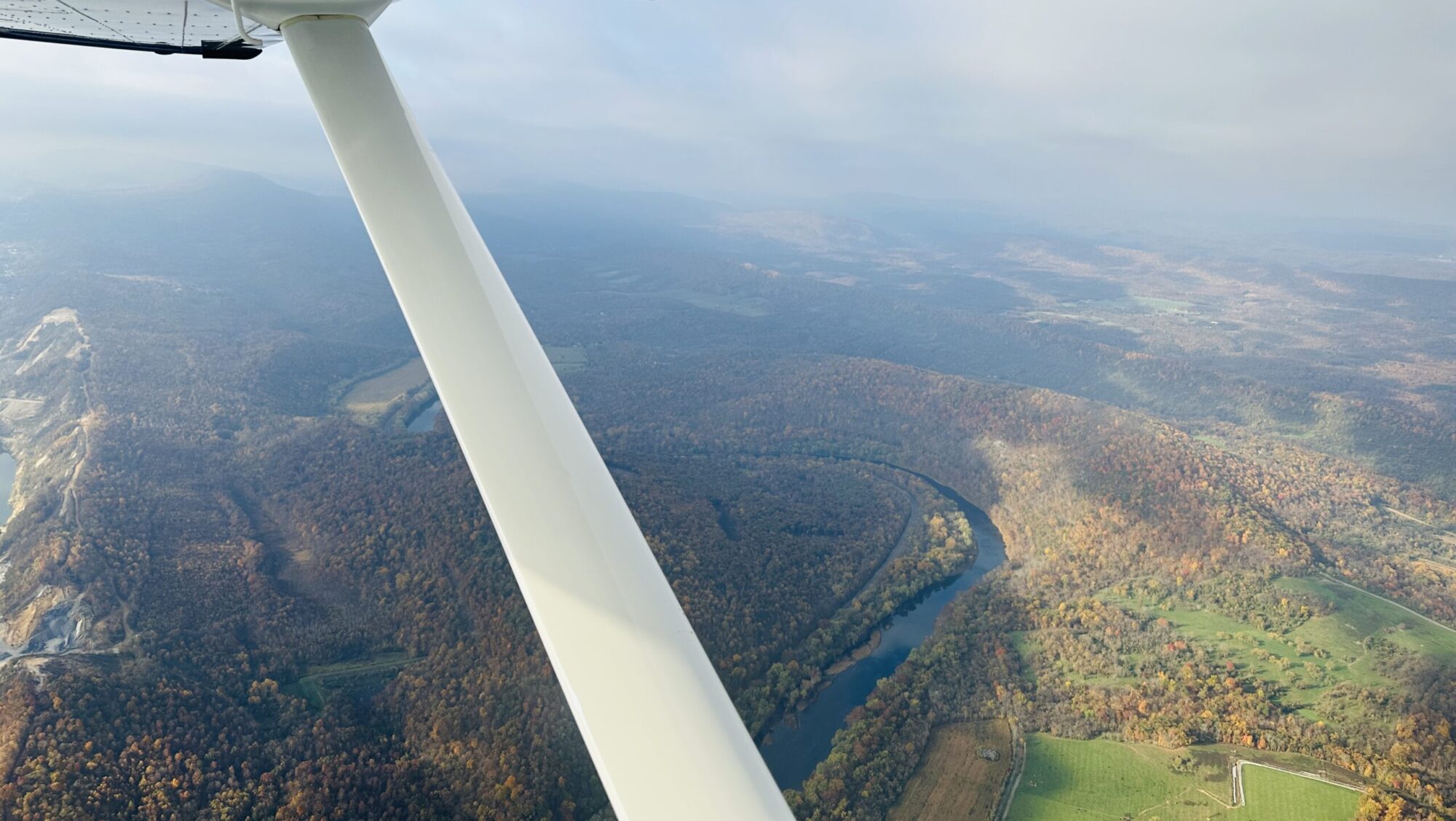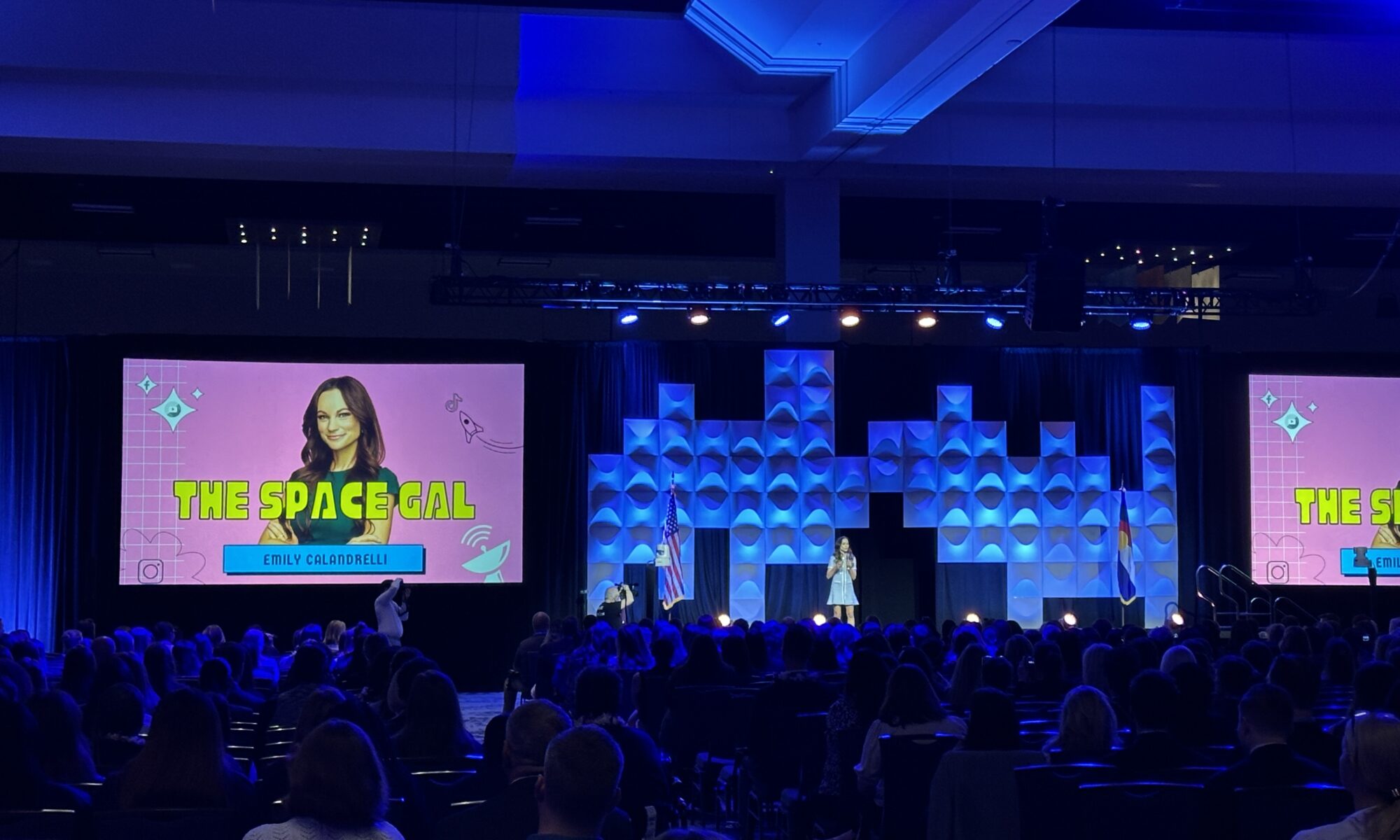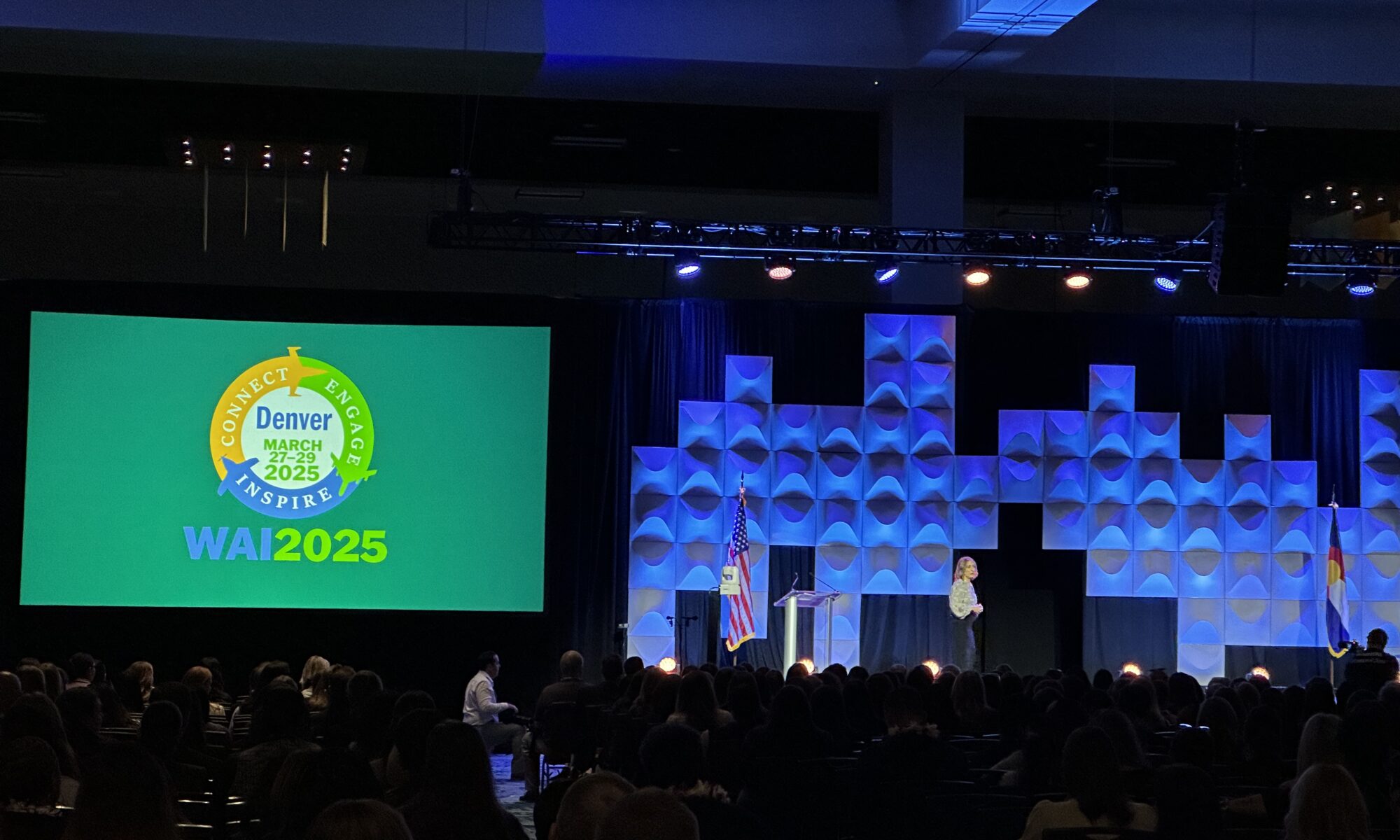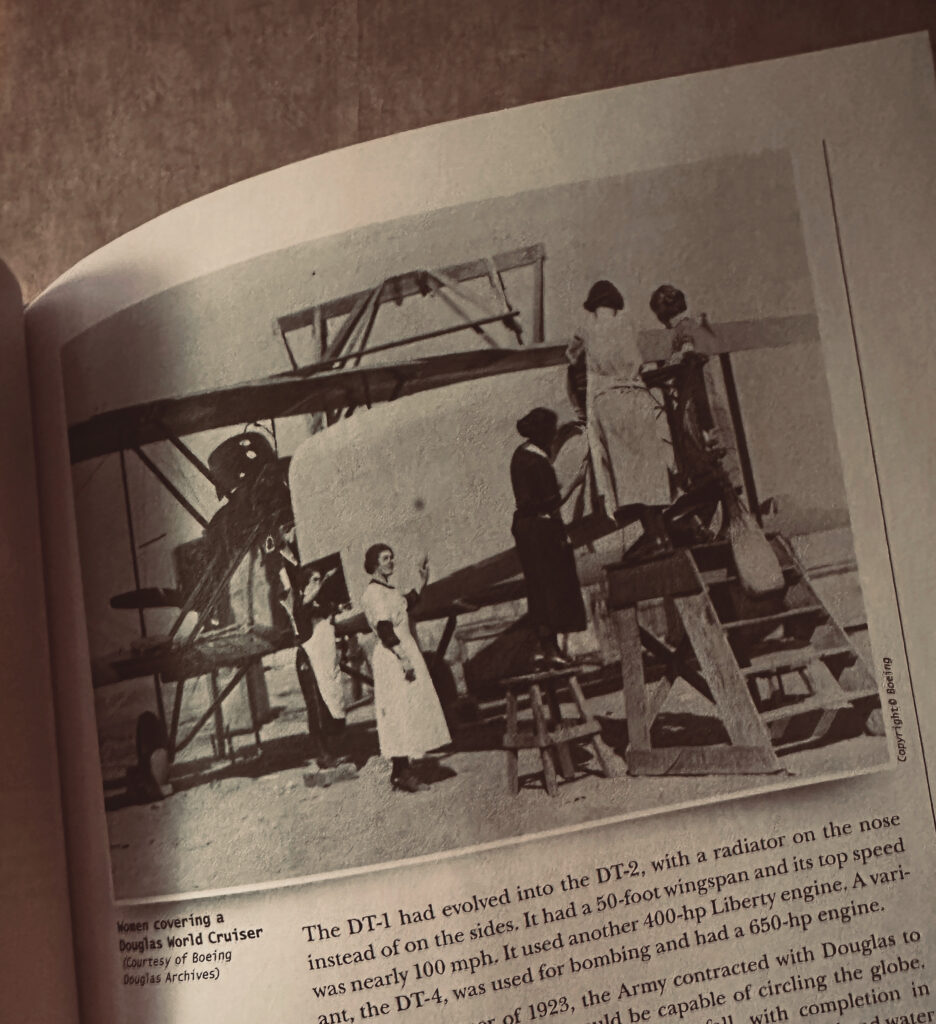When a child decides to dress up like a scientist for Halloween, you know that STEM education has struck home.
When that child chooses the pink overalls worn by The Space Gal, Emily Calandrelli, you recognize the impact that one woman’s YouTube channel has had on the zeitgeist.
Calandrelli joined the Women in Aviation 2025 conference on March 27 with a keynote session that drove straight to the point: Representation leads to the Belonging that powers Drive and Opportunity. She contends that success doesn’t happen without all three working in concert.
I couldn’t agree more.
With 1.1 million followers on Instagram (@thespacegal) and a YouTube channel with 151K subscribers (@EmilysScienceLab), Calandrelli appears to have hit a sweet spot in the market. But upon closer examination, she revealed, she remains part of a tiny minority of TV/streaming science presenters who are female: less than 2 percent.
Yet her latest series, Emily’s Science Lab (based on her previous work, Emily’s Wonder Lab on Netflix), has resonated. And Wonder Lab continues to draw viewers, ranking in the top 13 percent of all shows and movies.
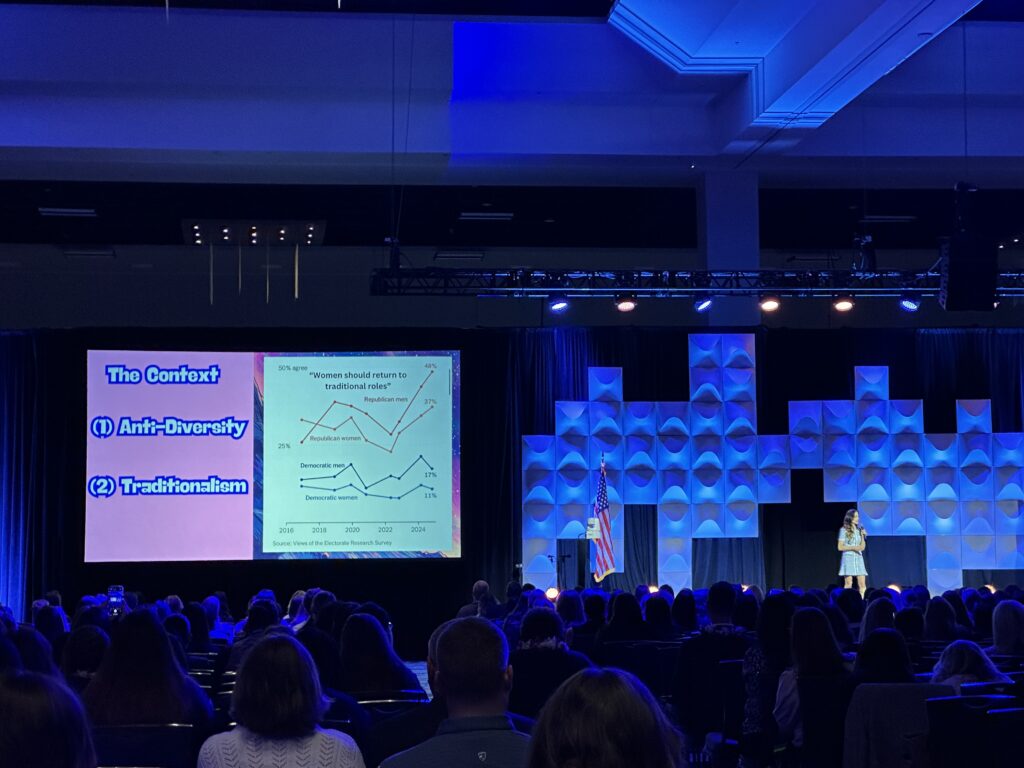
This success flies in the face of the chorus of naysayers she encountered when pitching her concepts to traditional networks like the Discovery Channel, where female presenters on STEM topics are viewed as a “financial risk.” The context for the resistance she experienced isn’t going away, unfortunately, but growing stronger (amazingly) in the backlash that trying to shove women back into “traditional roles” (whatever that means… ).
“Their arguments are, one, men don’t want to watch women on television. We scare them. And two, that there’s simply no market for female viewship in science.”
Calandrelli counters this perception with the example set by Reese Witherspoon and the production company she founded, Hello Sunshine, specifically created to develop and execute TV and other media written by, directed by, and starring women. Witherspoon’s success stands in plain sight: Big Little Lies (with 43 percent male viewship). The Morning Show. Little Fires Everywhere. The Last Thing He Told Me. Gone Girl (with 40 percent male viewership).
She related the catalyst for Hello Sunshine: “In one speech [Witherspoon] gives, she says, ‘You know, I would get exasperated reading, script after script, where there would be a woman in an emergency scenario, and in that emergency scenario, she’d stop and look to the guy and say, ‘Well, what do you do now?’ And she said, ‘Do you know literally any woman in your life who would have no idea what to do?'” Certainly, women pilots can relate to this, completely!
After she flew into space on a Blue Origin transport in November 2024, Calandrelli vowed to translate that experience—and her celebrity as the 100th woman in space—to reach further than the series of children’s books she’s authored. Emily’s Science Lab takes 100 experiments from those books and brings them to life in Technicolor rainbows. The sets entice young viewers, but also provide them with a down-to-earth role model they can emulate.
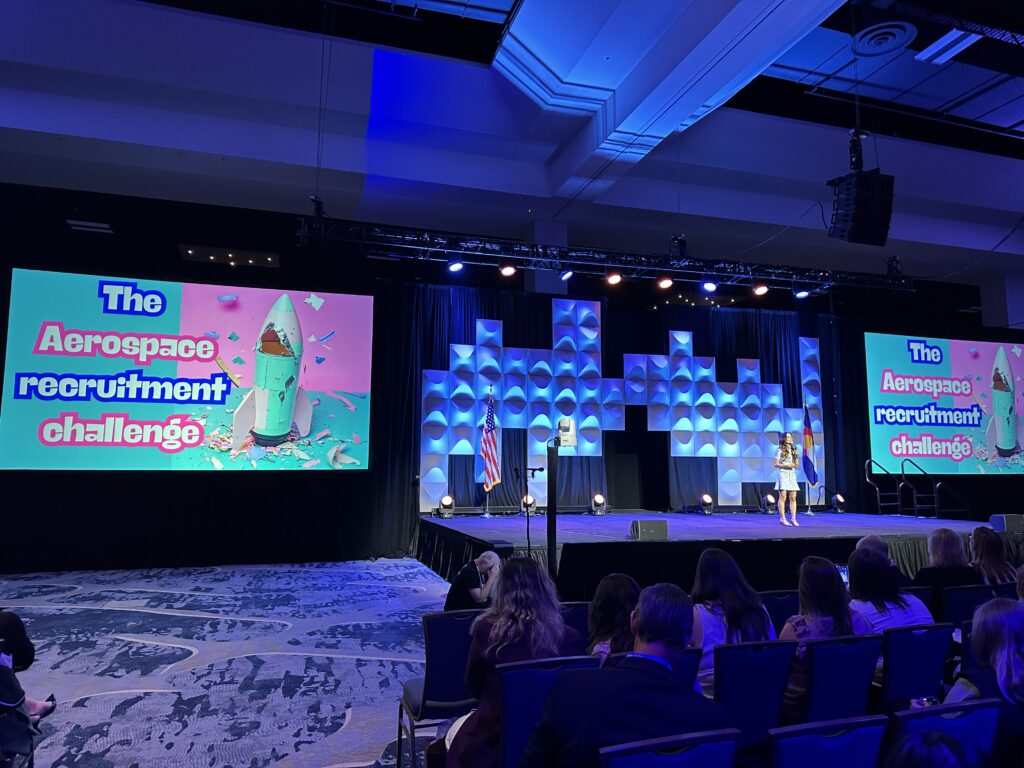
Calandrelli points back to her college life, as she studied mechanical and aerospace engineering at West Virginia University, where she discovered her own sense of belonging amongst her professors and the handful of female engineering students in her classes.
“When I got to college,” she said, “I found a sense of belonging with the female engineers, which there were not many, and we all became close in those classes. And my professors, they became mentors who introduced me to opportunities that I could never have had otherwise.”
I contend that most of us who have succeeded in aerospace fields can relate back to at least one critical mentor of our gender. Perhaps, as in my experience, they didn’t meet that person until later. For me, it was after I earned my flight instructor certificate, after college at the University of Colorado at Boulder. In the Colorado Chapter of the Ninety-Nines, which I joined in 1993, I met two pivotal mentors: Donna Miller and Gretchen Jahn.
At the time, Miller had taken on a special role at Jeppesen, where she served as a personal assistant to the legendary Captain Elrey Jeppesen, as he entered late-stage retirement. She helped him collect his memories and put them in order, an honor to be sure. Miller did me a solid when a position posted in Jepp’s Aviation Courseware department for a technical writer—she walked in my resume. Miller went on to fly for the airlines, retiring earlier this year as a captain for American.
Then, I met Jahn, who co-owned a Cessna 182RG with her husband Karl, and she needed a flight review. From that basis our friendship formed, and over the years I cheered her on as she secured venture capital for a software start-up, and then joined Mooney as its CEO. Jahn followed that with “rescue CEO” efforts at Remos in Germany, and Alpha Aviation in New Zealand. All along, I went to her for advice at various stages of my career, and from her I learned to acknowledge and balance what I wanted to achieve with what resonated personally. And even more so, seeing how she navigated both the hits and misses helped me understand that I could survive when I inevitably faced my own successes and mistakes.
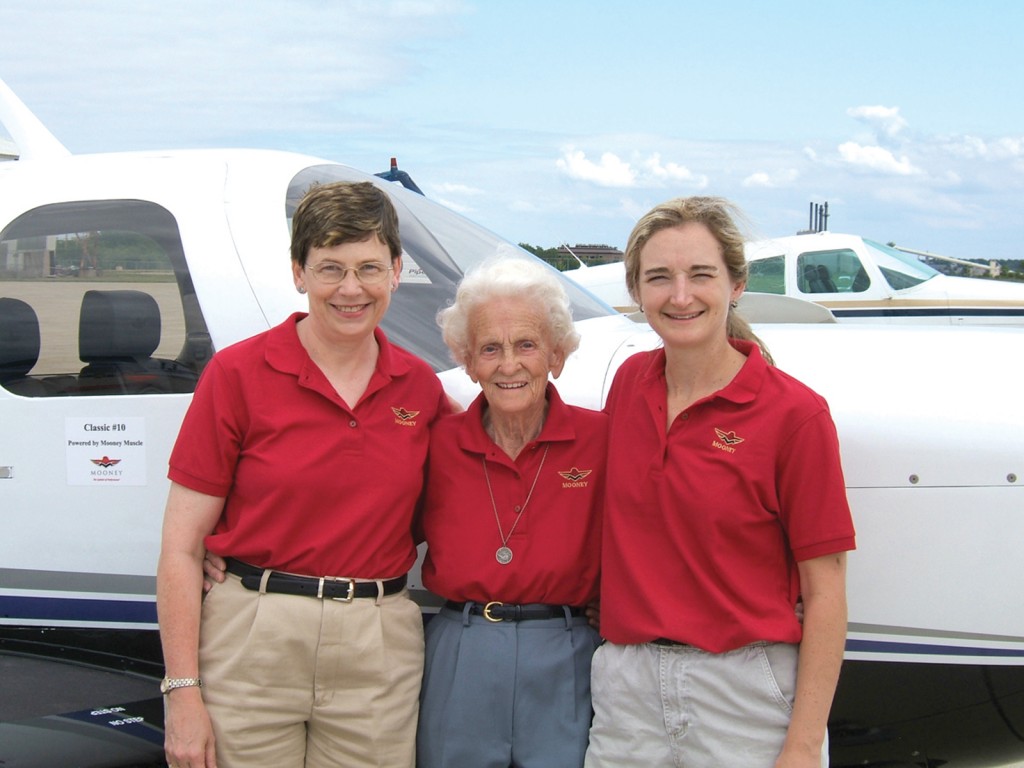
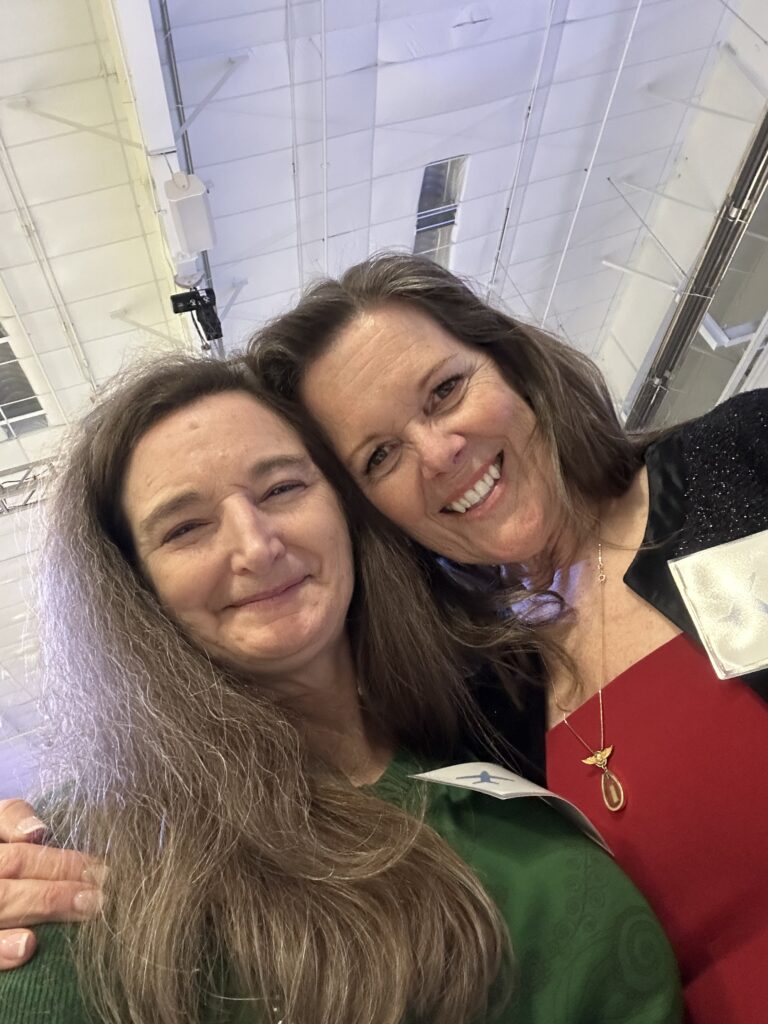
Yes, Calandrelli is right. Both Miller and Jahn showed me directly what was possible, and actively helped me achieve it.
Representation leads to Belonging, which powers Drive and Opportunity.
